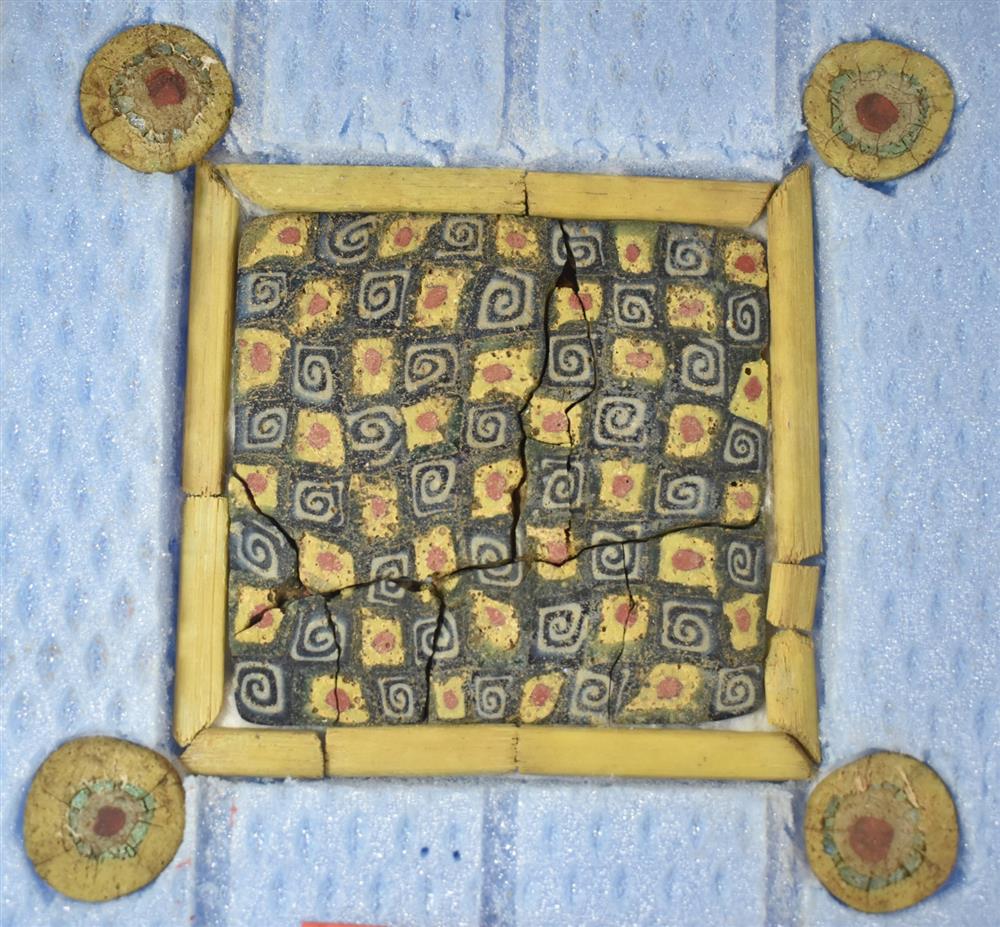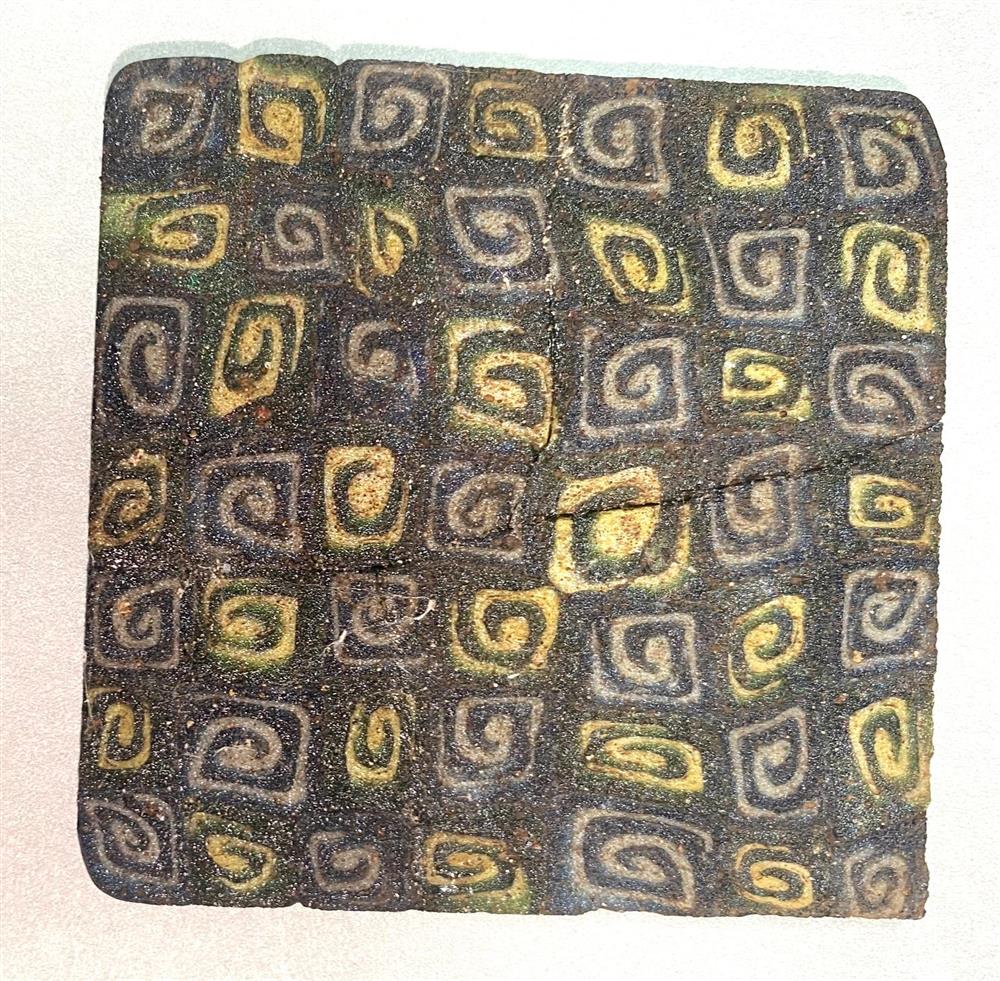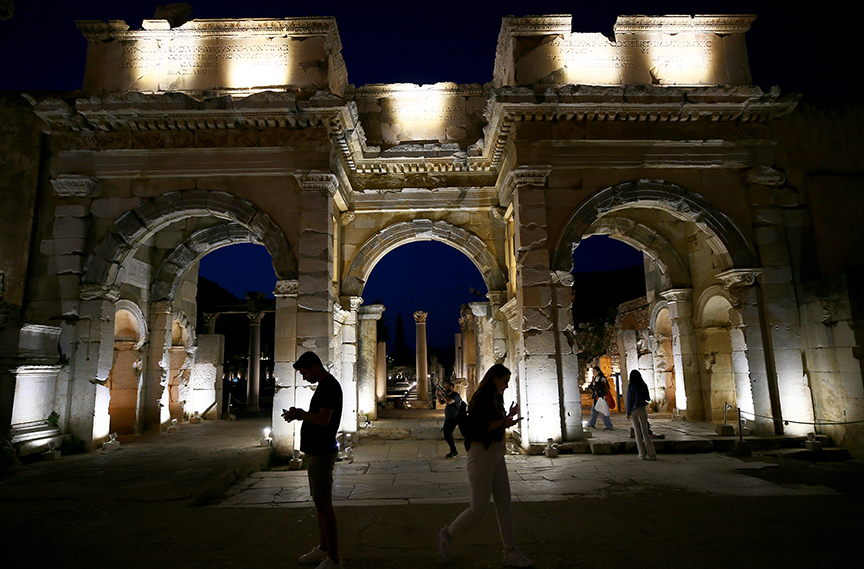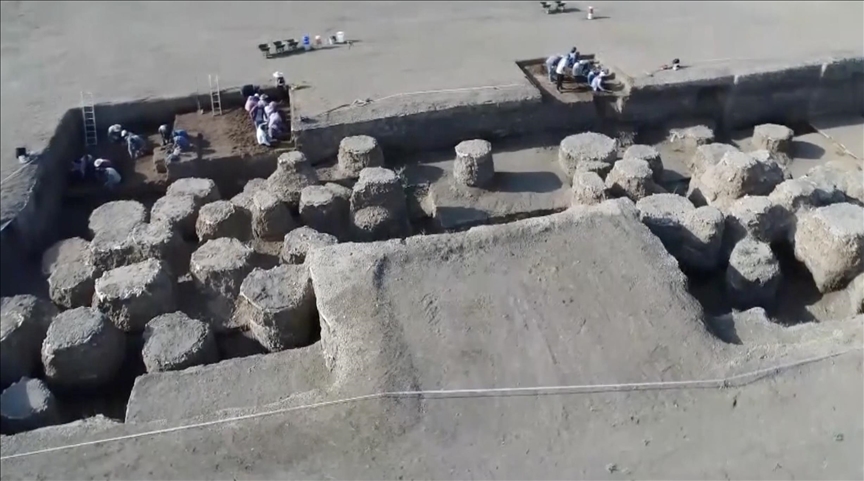In the ancient city of Myra, one of the six major ancient Lycian cities, glass plates called millefiori or “Thousand Flowers” were discovered.
The ancient city of Myra is located in the Demre district of Antalya.
Myra takes its name from the myrtle tree and was called Muri in the Classical Age. Later it was called Myra and finally Demre. The city was built on the banks of the Myros River (Demre Stream) and was located in the middle of a fertile plain.
Myra is also known as the place where St. Nicholas, also known as Santa Claus, lived. In the 4th century, St. Nicholas was the bishop of Myra and was known for his charity and miracles. The ruins of the church can still be visited today.
Millefiori have been discovered in other regions of the world, but this is the first time they have been found in such abundance and variety in Türkiye. Experts consider this to be one of the most significant archeological discoveries of the year.
Millefiore (thousand flowers) is a technique used in glass art to create highly detailed, patterned glass rods. These rods are then cut and assembled for use in jewelry, ornaments and other works of art.

The discovery was made in the agora area of Andriake, specifically in the customs area of the harbor, Arkeonews reported. Archaeologists found hundreds of fragments of millefiori plaques in the area identified as “Structure 42”.
From this discovery, it appears that the elite community at Andriake in the fifth century AD possessed highly sophisticated decorative arts that were not only visually striking, but also symbolic of authority and rank.
In addition to being ornamental, the millefiori plaques found at Andriake are evidence of the sophistication and luxury of interior design during that era.

In addition to the millefiori glass plaques, other decorative elements were discovered in the same context. Among the findings are small glass rosettes with square and round forms, along with glass frames that go with the plaques, all of which point to a well-thought-out decorative scheme.
The discovery at Andriake, the harbor settlement of the ancient city of Myra, shows the presence of a very special and rich interior decoration at Andriake, with examples of bird figures in inlaid technique among the similarly sized plates that were found to have been used in wall decoration, and figures of saints, birds, and camels in opus sectile technique, which is also a unique discovery for Türkiye.
Located at the junction of the Granarium and Agora in Andriake, at the head corner of western Agora Street, in the most important place of the harbor, the building is thought to be an administrative building with its precious decorations and plan features.
Ministry of Culture and Tourism of the Republic of Türkiye
Cover Image: Ministry of Culture and Tourism of the Republic of Türkiye




